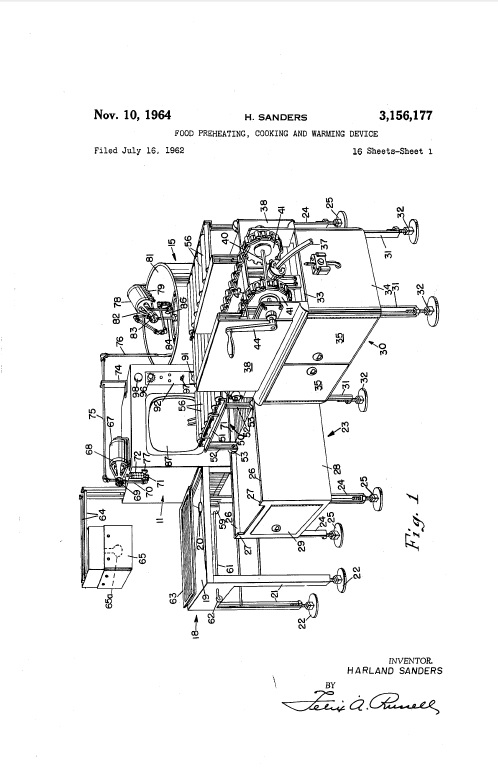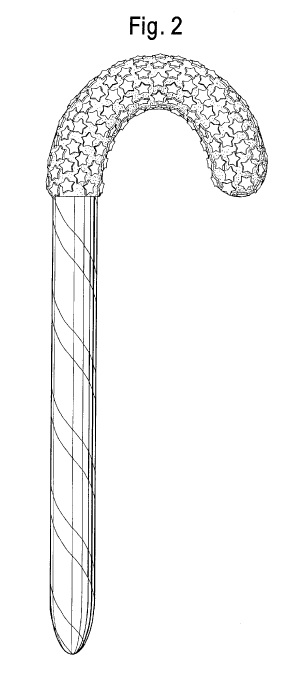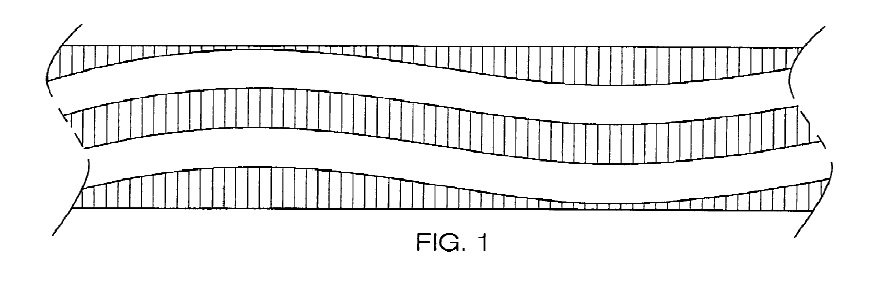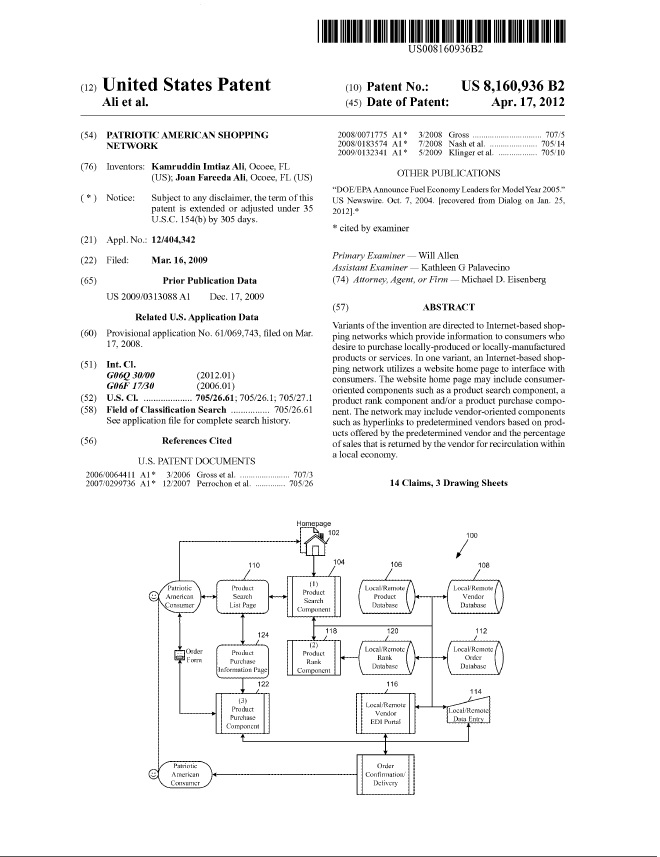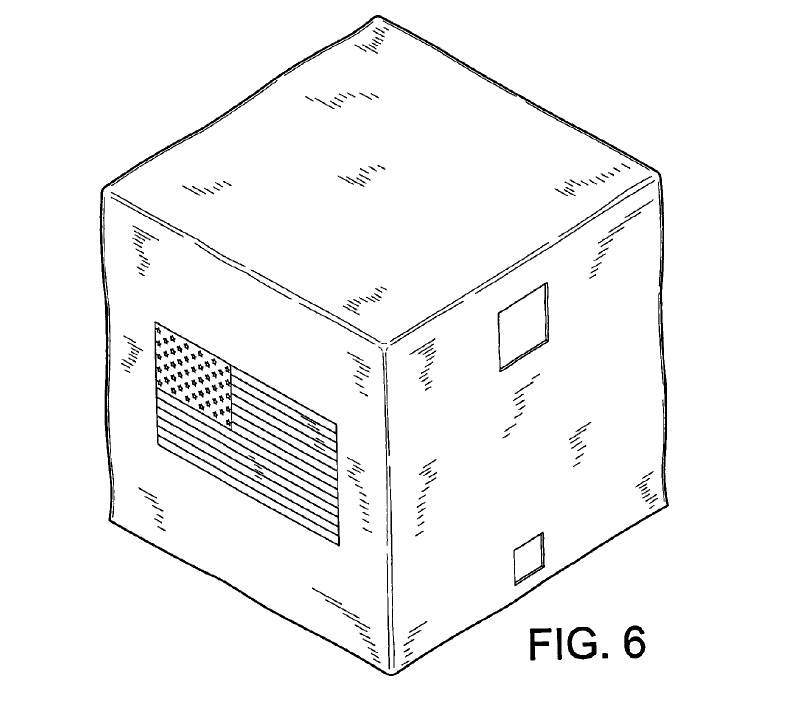In Blackbird Tech LLC v. ELB Electronics, Inc., [2017-1703] (July 16, 2018), the Federal Circuit vacated judgment of noninfringement of claim 12 of U.S. Patent No. 7,086,747 because of the district court error in construing “attachment surface” and remanded.
The ‘747 patent was directed to an energy efficient lighting apparatus, and in one embodiment in particular, retrofitting an existing light
fixture with a more energy efficient lighting apparatus. The claim required a balast cover comprising “a housing having an attachment surface and an illumination surface.” The claim further required a fastening mechanism for securing the attachment surface of the lighting apparatus to the illumination surface. The district court construed “attachment surface” as “layer of the housing that is secured to
the ballast cover.” The parties disputed the meaning of “attachment surface,” specifically whether the attachment surface must be secured to the ballast cover.
The Federal Circuit rejected the district court’s construction, noting that the “plain language” of the claim does not require the attachment surface to be secured to the ballast cover. The Federal Circuit noted that while the claim expressly recites a fastening mechanism for securing the attachment surface to the illumination surface. It does not refer to any other fastening mechanism. It does not require the attachment surface be secured to anything other than the illumination surface.
The Federal Circuit said that the district court nevertheless read in a second fastening mechanism—this one to secure the attachment surface to the ballast cover. While an embodiment disclosed in the specification included this second fastening mechanism, the Federal Circuit did not not agree that this fastener limitation should be imported into the claim.
The Federal Circuit noted that there was no suggestion in the specification or prosecution history that this fastener is important in any way that would merit reading it into the claims. The specification does not refer to the disclosed fastener as the “present invention” or “an essential element” or uses any other language that would cause the
ordinarily skilled artisan to believe that this fastening mechanism is an important component of the invention or that it is critical to the invention for any reason.
The Federal Circuit said that the most important reason not to import the limitation into the claim was that the limitation was expressly eliminated during prosecution — albeit to resolve 112 issues. The Federal Circuit rejected the defendants’ argument that the amendment was ambiguous because no explanation was given for the amendment as “legally irrelevant to how a skilled artisan reading this history would understand the claim scope.” As a factual matter, no skilled artisan would understand this claim to require a fastening mechanism connecting the ballast cover to the attachment surface when that very limitation was expressly removed from the claim to secure patentability
with the examiner’s blessing and agreement.
The Federal Circuit concluded that the district court erred in construing “attachment surface,” and because the court’s entry of judgment of noninfringement was based on its erroneous construction, vacated the entry of judgment and remand for further proceedings.


